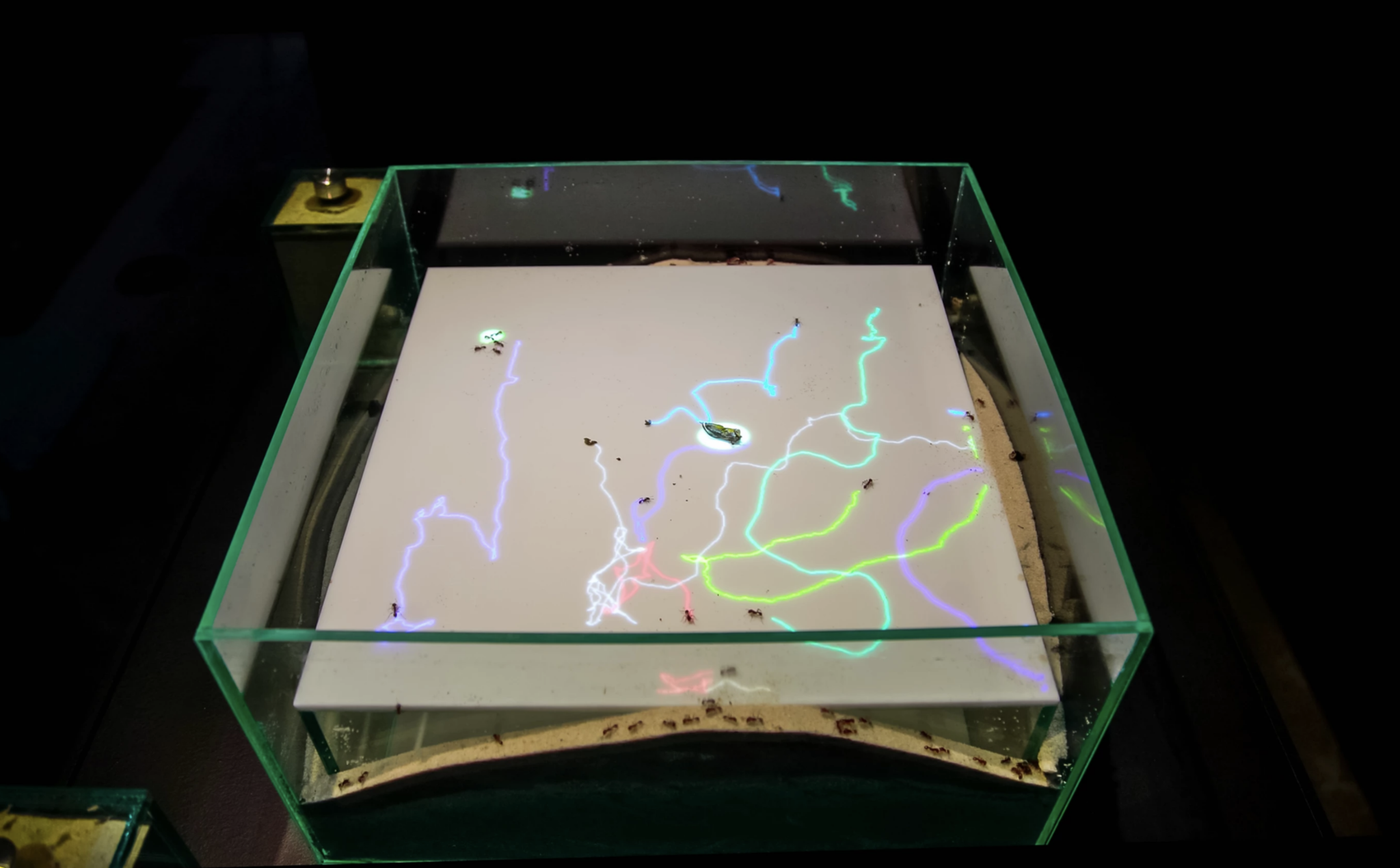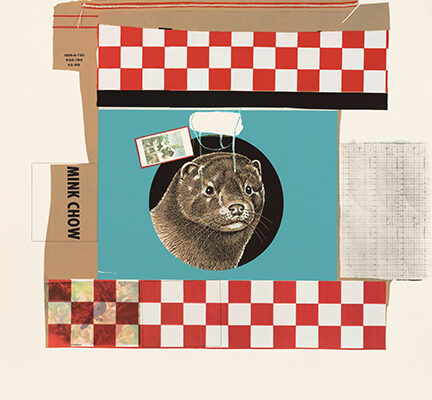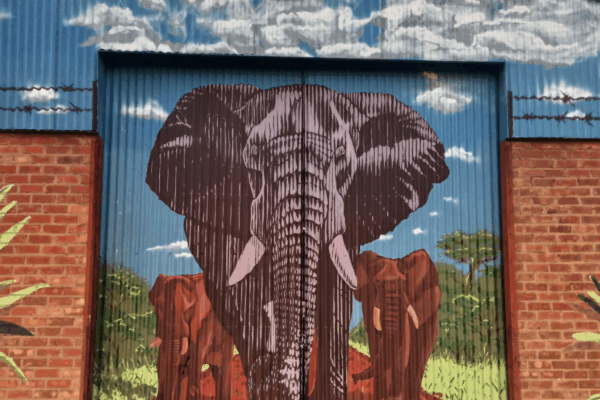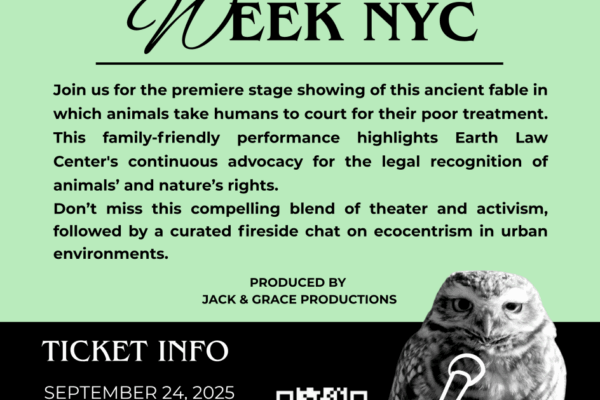When you interact with “ScienArtist” Gal Nissim’s works, whether by listening to her Synanthrope Preserve rat tour, “The First to Cross,” in Tompkins Square Park in Manhattan, or while watching brightly colored lights trail ants as they move inside a glass case (in her “SurveillAnts”), you can tell you’re experiencing something memorable. CAF 2020 Navab fellow Vivian Qiu reports. Without even realizing it, you’ve taken an hour to listen to how rats inhabit spaces in the East Village—perhaps even looked in the dirt for evidence of their habitat. Or you’ve spent your Friday night in Manhattan gazing at ants you might otherwise squash underneath your index finger. That’s exactly what this 2017 grantee is trying to have you do—to spend time with the work and force yourself to challenge your previous perceptions of these animals that live beneath and within our urban society.
Growing up in Israel, Gal was used to being surrounded by stray cats and pigeons. Once she moved to New York to combine her science and fine arts background in the Interactive Telecommunications Program at NYU, she noticed the ecosystems of rats, pigeons, and raccoons in her new city. In her own words, she started to “look for the animals” that lived with us. She was fascinated by the relationship the everyday person had with these animals who live with us out of necessity, and the marked disgust that most of us experience when we find rats, raccoons, or pigeons in places we don’t expect. She observed that looking at rats as a byproduct of our own society was a way of us being disgusted by our own actions—that it is the behavior and habits these animals rely on for their own survival.
Many of us are unable or unwilling to look past our initial aversion to the “vermin” that scamper about. And so Gal tasked herself with the challenge of creating “hooks” to capture our attention, so she can reveal a layer that we don’t typically see. She employs all sorts of sonic and visual skills and methods to translate animal senses into something that we are more familiar with. Each medium is a novel method of research to discover something new about the animal, as well something new about those who observe that creature. As people learn to rediscover their neighborhood park from the perspective of the rats who share their space, or listen to the electronically encoded sounds of ants as they interact with each other, they are now challenging their initial instincts—and letting nature, with its randomness and surprises, work with technology and science to create art.
In 2020 Gal Nissim was profiled in New York University’s magazine.




